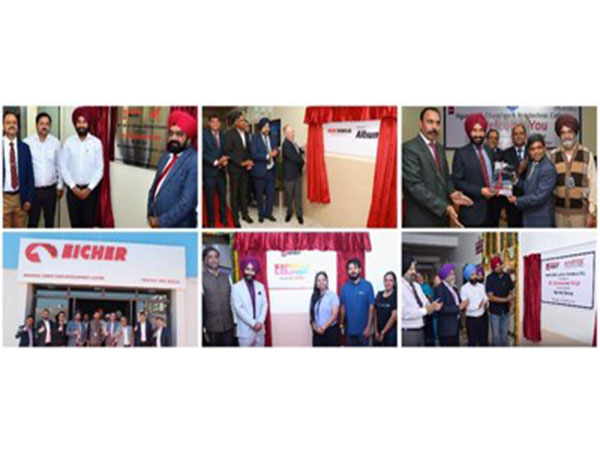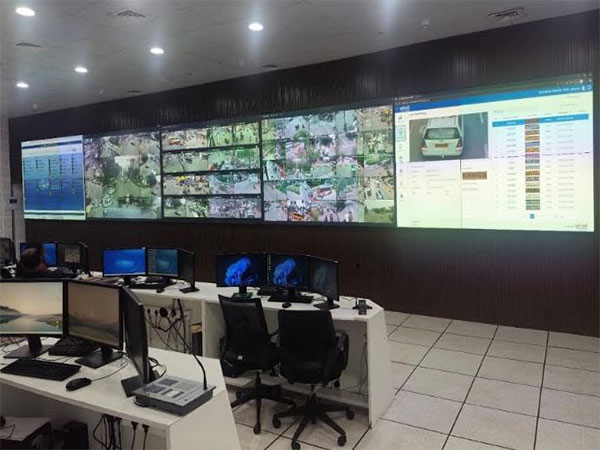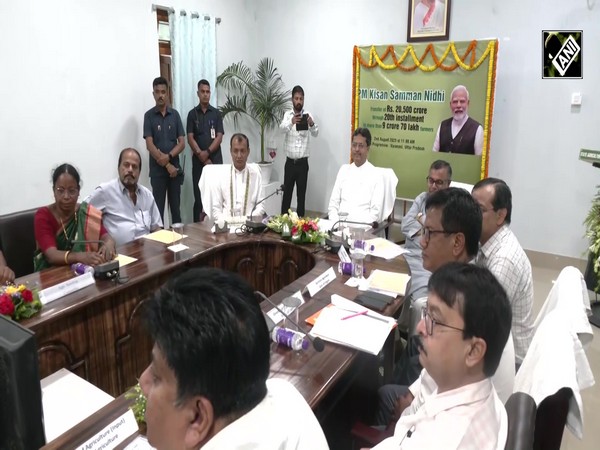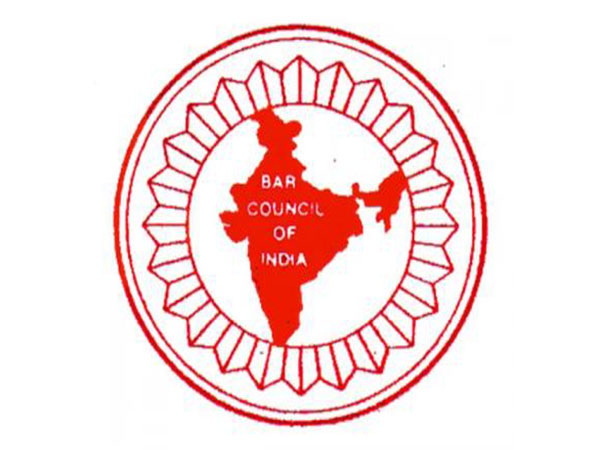
Leveraging Design and Development Capabilities to Stay Ahead of Consumer Trends in Electronics
Jun 19, 2025
VMPL
New Delhi [India], June 19: Recent developments in technology and growing consumer demands for more intuitive experiences have contributed to the rapid growth of the consumer electronics products market. It is supported by a study that forecasts global consumer electronics consumption may reach $1.1 trillion by the end of 2025.
Tech innovations such as AI, AR/VR, and cloud have also accelerated the evolution of consumer electronics solutions. As a result, the current consumer electronics products can soon be outdated. This mandates the electronics domain to innovate and evolve with the changing trends and technology.
Two key phases that can help in this constant innovation and allow brands to stay ahead of consumer trends are design and development. They play an important role in delivering high-quality products that serve client needs appropriately.
Consumer electronics services ensure that companies achieve this objective by enhancing the efficiency of the design and development phase. They can help businesses stay competitive by predicting customer trends and creating products that meet their needs.
Why is the Design and Development Phase Important in Consumer Electronics?
Every single decision made during design and development (from material selection to user interfaces) influences customers' perceptions of a product and brand. This makes it essential to deliver a good product design with the right blend of both functionality and user experience.
But with constantly shifting consumer patterns, businesses find it challenging to design such products. The consumer electronics industry services can make this an easier challenge with early-stage research, data analysis, and user feedback-based modifications. They contribute to creating products that perform well in various aspects, including visual appeal, practical features, and hardware efficiency.
This approach of designing and developing proactively ensures that consumer needs are met while being relevant for the long term.
How to Maximize the Effectiveness of Design and Development Phases?
Due to constantly evolving customer preferences and demands, companies struggle to devise consumer electronics products that fulfill user requirements. This problem can be addressed by forecasting customer trends to create and innovate products accordingly. This helps maintain product relevancy for the long term despite changing market conditions.
* Embracing Agile Design and Development Process
Understanding consumer preferences is the key to a successful product design and development process. This process involves defining user needs, existing product issues, and market gaps. Using these insights in design and development helps to ensure that the product can stay agile despite changing demands. This can be achieved by implementing:
- Agile methodologies, such as development process breakdown and frequent feedback loops for continuous improvements
- Adaptive planning to improve the design and development process at scale.
- Consumer electronics services to test multiple designs before deployment and manufacture a product with a focus on future trends.
* Promoting Cross-functional Collaboration
Early establishment of a collaborative and cross-functional approach can enhance the design and development process significantly. This includes:
- Involving designers, engineers, and manufacturers to bring various perspectives about a product.
- Understanding product usability, technical feasibility, and market requirements based on feedback loops.
- Involving marketing teams in the development of consumer electronics solutions to align product design with customer expectations.
* Utilizing a Modular Design Framework with DFMA
DFMA (Design for manufacturing and assembly) techniques can emphasize the iterative process in manufacturing to optimize the design process. It involves the use of standard components, minimization of unique parts, and simplification of assembly processes. These steps in DFMA provide consumer electronics industry services with benefits like:
- Reduction in production costs.
- Avoiding supply chain delays by designing with readily available materials.
- Implementation of faster iterations by modifying specific parts instead of redesigning the entire product.
* Implementing Strict Testing Procedures
Continuous testing is essential to ensure that the end products are in sync with customers' requirements. A well-defined testing process consists of a usability test, compliance test, and performance test. Implementing these tests early at the design and development stages allows consumer electronics services with benefits such as:
- Identification of defects early through rapid prototyping.
- Prevention of costly redesigns and product recalls.
- Iterative improvement of products before moving into the production phase.
* Utilizing Emerging Technologies
Companies must stay informed about new technologies and shifts in consumer preferences to develop products that fulfill customers' needs in the first place. By utilizing market research, competitive analysis, and trend forecasting, they can gain valuable insights into customers' current and future needs.
Companies can leverage several types of emerging technology to reimagine their design and development approaches based on these insights.
* AI can assist in analyzing user data and predicting future trends.
* VR/AR can be used to provide interactive user experiences.
* 3D printing rapid product prototyping and identifying errors proactively.
Bottom Line
Companies that enhance their design and development process can gain several advantages over their competitors. They can develop consumer electronics solutions that meet immediate needs and prepare for future demands. Furthermore, these design and development methodologies can help companies optimize the manufacturing process, speed up time-to-market, and validate product functionality.
However, recent technology advancements have led to changes in electronic consumer products at a faster pace. Businesses should integrate continuous innovation, optimization of development strategies, and proliferation of technological evolution into their products to keep them future-ready. Therefore, they not only can stay ahead of the competition, but also ahead of the trend.
(ADVERTORIAL DISCLAIMER: The above press release has been provided by VMPL. ANI will not be responsible in any way for the content of the same)



























